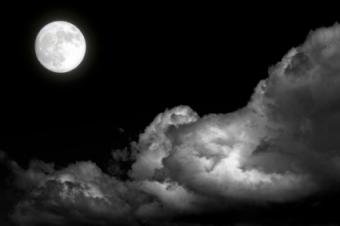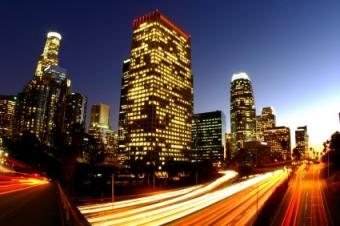Taking Pictures at Night

Use a Tripod

Use Motion Creatively

Experiment With the Aperture

Use Flash Sparingly

Twilight is Magical

Practice Makes Perfect

© 2025 LoveToKnow Media. All rights reserved.

Taking pictures at night is a skill many photographers are looking to learn more about. Whether it's excitement captured in neon lights reflecting on a busy downtown rainy street or the quiet alienation of the moon rising over an empty field, a great photographer can really capture the many magical faces of the night.

The most important thing you need in night photography is the thing that is hardest to come by: light. The best way to increase the amount of light that reaches the camera is to use long exposure times of at least two seconds or more. The challenge you will have here, of course, is holding your camera steady for that long. Use a tripod for best results.

The next step is to use the long exposure creatively. There are many interesting things that you can capture with the shutter open for so long, like headlights streaking down a winding road or fireworks exploding in the sky. Don't be afraid to experiment and work creatively with your subjects.

Besides using a long shutter time to let light into the camera, the other option a photographer has is to experiment with the camera's aperture. When your camera is set to have a long exposure, try using a small aperture. Conversely, if you want to use a shorter exposure time, open the aperture as wide as possible to help cut down on unwanted motion.

When to use a flash is an important question for night photographers. The general rule is that learning to take photos at night without a flash is the best route to go, because it allows for the most subtleties to come through in the shot. There are times, however, when a flash can create cool effects. The best results come from remote flashes that can be used to light the subject from different angles. Try shooting night portraits with a flash several feet to the right or left of the subject and, if possible, a second flash behind the subject.

The best time to photograph is twilight, when the sky is a deep, dark blue but not completely black. The little extra light helps solve many of the problems associated with night photography, and the deep blue helps the contrast in the photos look more natural.

The trick to taking good photos at night is to:
· Manage the light that enters you camera by using either a long exposure time or a wide aperture
· Use flashes carefully and sparingly
· Work with the motion and not fight it
· Try to shoot as close to twilight as possible
Check out this excellent slideshow for more photography tips.